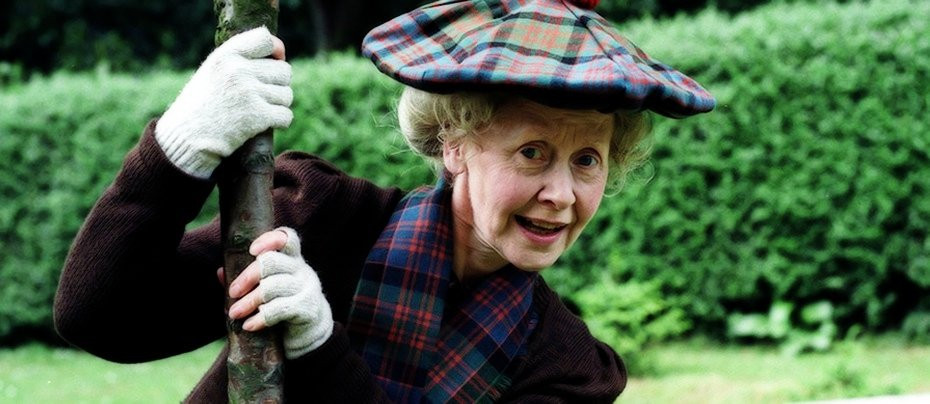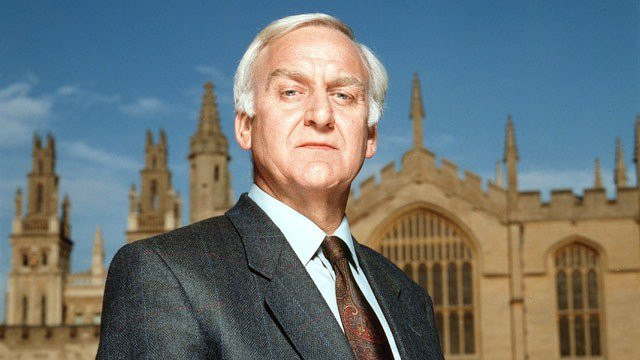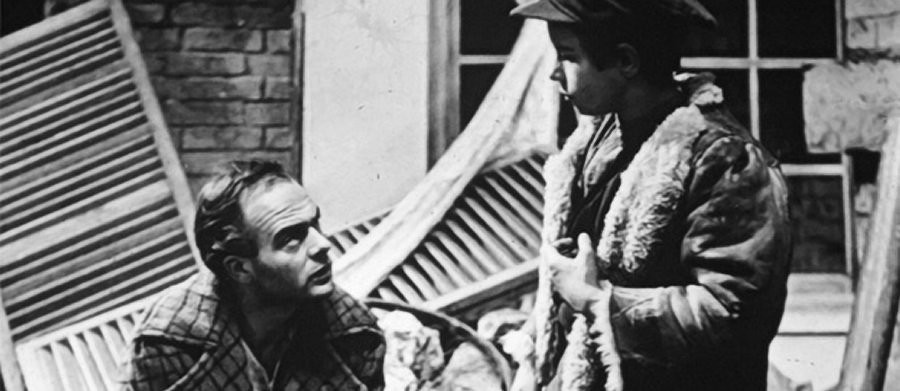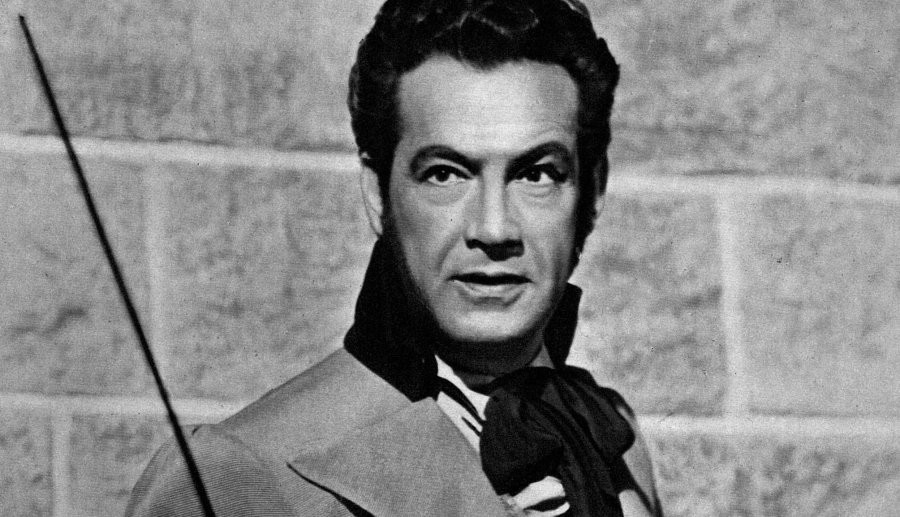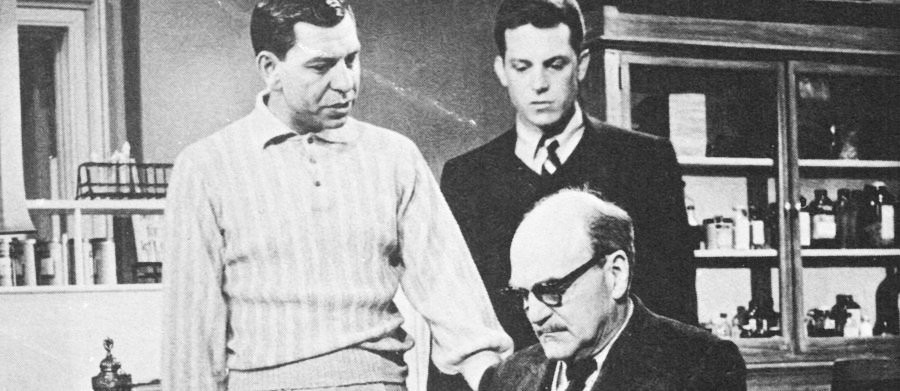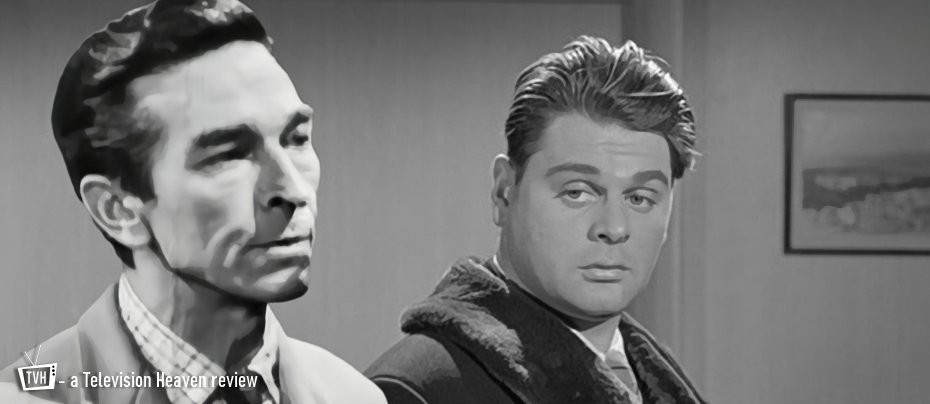
Tearaway
1956 - United KingdomReview by Laurence Marcus
Just off the main thoroughfares, away from the busy crowded high street and the obvious face of the city, you will find them - the tearaways; the brash, over-confident, anchorless rebels pitting themselves against each other and against society that has thrown them incautiously together-for bullying, domineering, cold-blooded thugs with razors and broken bottles always ready to beat a sense of silence into their victims, or carve memento of revenge upon those who dare to step forward to denounce them. - Radio Times, October 1956.
Set in an unspecified area of the north of England, Tearaway, written by Colin Morris and directed by Gilchrist Calder, was an important step in the development of television crime dramas and was the first of a trilogy of programmes brought to the BBC by these two trailblazers. It was followed by Who, Me? (1959) and the four-part Jacks and Knaves (1961). With all three programmes set in or around the vicinity of Liverpool, it could be argued that they were the catalysts for Z Cars (1962) which finally moved the police procedural genre away from London which, for many viewers around the country, had been the centre of attention for too long.
These programmes were not presented as straight dramas but rather as documentaries. Today, we would refer to them as docudramas but in the 1950s they were presented as virtually factual representations of British society, blending dramatization with an air of authenticity that left viewers believing they were witnessing reality.
"The only thing harder about the boys in London," says Chief Inspector Hall (John Arnatt), "is the padding on their shoulders. Get the suit off, cut the leash, and you can't tell the difference between him and the tearaways in Manchester, Birmingham or Wigan, which is probably where he started from. They're the same. The products of bad homes, lousy parents, war, greed and bone idleness."
Colin Morris had done his homework. Tearaway, within its fully fictional narrative, dramatized the social conditions which were the breeding ground of such ne'er-do-wells after researching his facts and basing the drama, in order to achieve social realism, on real-life case-histories. Morris also spent several weeks working with the Liverpool City Police.
The drama unfolds in a dilapidated, impoverished urban slum, vividly portraying the harsh realities of poverty and violence. Harry Shelton (Julian Somers) is a brutal thug. When Tommy Baxter (Hugh Dickinson) is badly beaten up in Back Congo Street, glassed in the face and kicked in the head and needing 47 stitches, Shelton and Joe Gorman (Jack Rodney) are seen carrying out the sickening assault. There are three witnesses. But they are too scared to come forward. "The police can't give a man moral courage", says Hall, "and once the tearaway see's you're scared, he's in!"
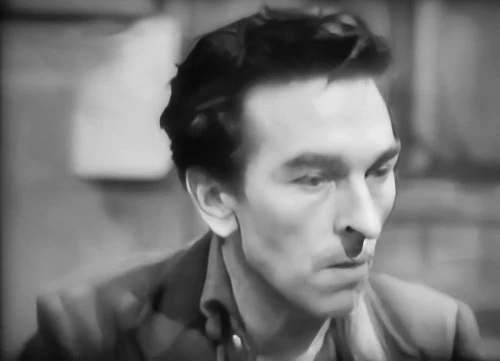
"Sometimes," says another character, living on the edge of violence, "it doesn't pay to see too much." Even the victim is intimidated to the point of remaining silent. When asked to give his version of the assault he simply tells Inspector Hall, "I fell over sir". With witnesses unwilling to talk, Hall is determined to get justice. When he finally pulls Shelton in for questioning, he tells him, "Before the night is over we'll be close as brothers" and you know this is one policeman who is determined to get his man.
The story pulled no punches, being topical, tough and honest and, according to the Radio Times 'for the squeamish perhaps a little raw." Indeed, Tommy Baxter is referred to as 'a bastard' and 'Bleedin' Tommy Baxter', quite tame for a modern audience but quite shocking for some back in 1956. Such realism was toned down in later dramas.

Eventually, one brave girl steps forward to provide evidence against the young thugs. However, the story concludes ambiguously, leaving the audience to ponder whether her bold decision brought an end to their reign of terror or simply cleared the path for others like them to take their place.
Critics universally praised the programme, describing it as “expertly done” and “impossible to switch off, impossible to ignore.” The Sunderland Daily Echo hailed the drama as "the most gripping programme of the week," calling it "a savagely realistic documentary, brilliantly produced." They noted that it was "so slick that one tended to forget it was intended as an expose of a modern problem rather than a sadistic film."
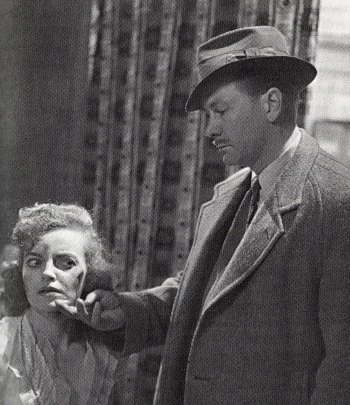
A review of Tearaway by Robin Cockburn in the Edinburgh Evening News dated Friday 12 October 1956 captured the intention of the programme perfectly:
"Tearaway" Last night's TV documentary on thuggery and intimidation in "any big British city" made sickening viewing. But that is not to say that it should not have been seen by the adult viewing audience—who were warned anyway. It is not "nice" to see a helpless man lying bleeding in the gutter after being kicked unconscious by two wretched and cowardly hoodlums. Neither is it "nice" to realise that this could happen, and does happen sometimes, here in Edinburgh. If "Tearaway" succeeded in jolting the nation into a sense of social responsibility, then it succeeded. The problem of thuggery was shown to be mainly one of environment. The moral of this documentary was clear—that the remedy lay in the hands of those who understood the situation least — that great majority who, at the programme's end, held up their hands in horror and said, "but it could never happen in our street."
Seen this show? How do you rate it?
Seen this show? How do you rate it?
Published on March 25th, 2025. Written by Laurence Marcus for Television Heaven.


